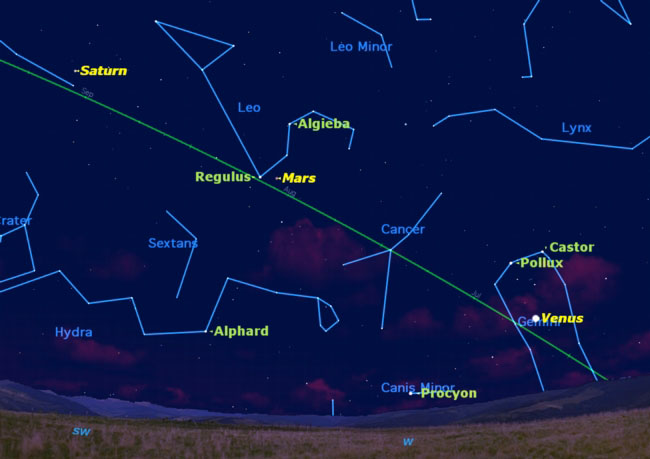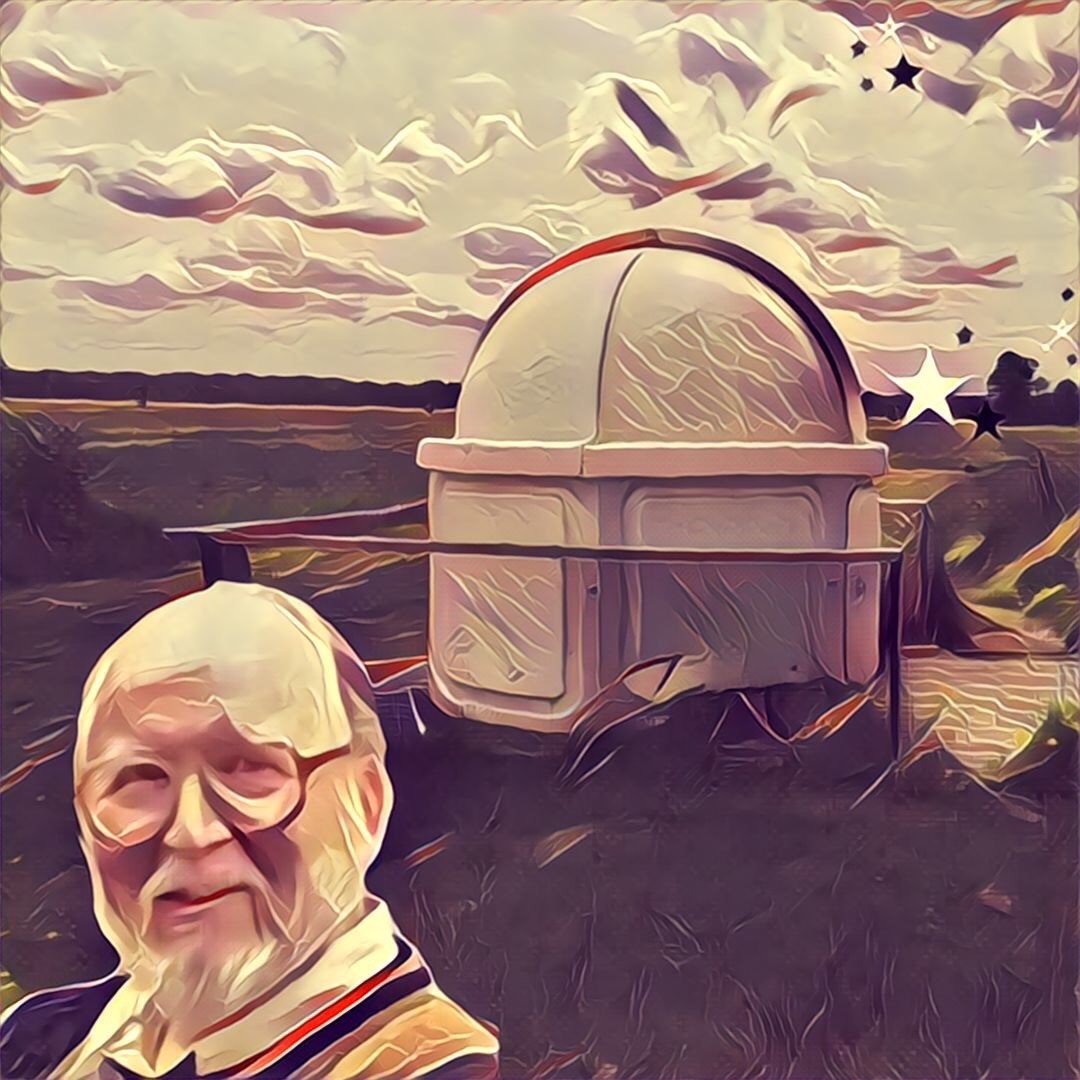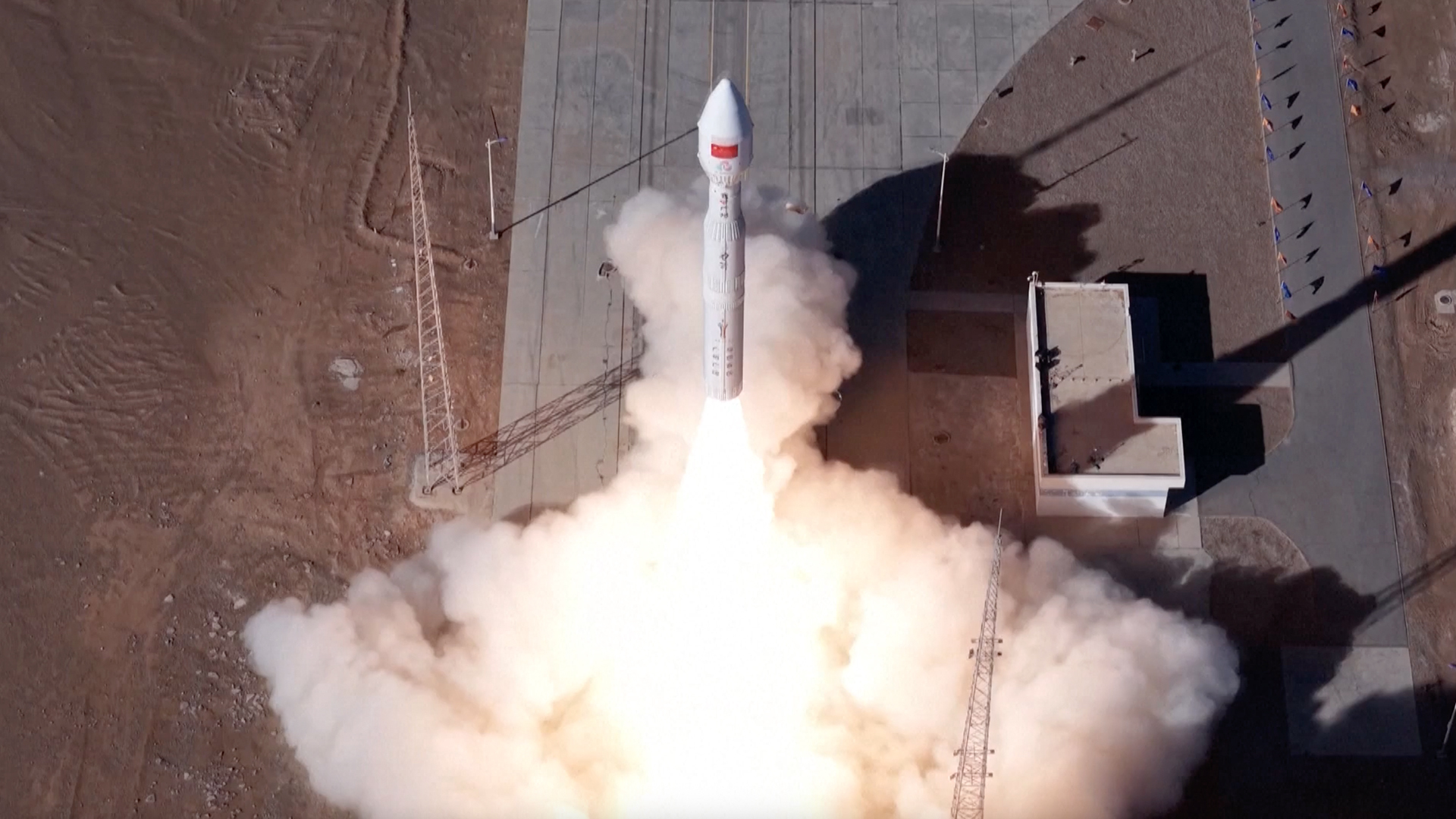Planet Triple Play: Saturn, Mars and Venus Appear Together

If you live in the northern hemisphere, go out any nightthis week an hour or so after sunset and look at the western sky to catch aplanetary triple play starring Venus, Saturn and Mars.
The first thing skywatchers will see — weather permitting —is the brilliantplanet Venus, slightly north of west, in the constellation Gemini. Look forGemini's twin first magnitude stars, Pollux and Castor, just above Venus.
As the sky gets darker, the planet Mars can be spotted toVenus' left as it appears in the constellation Leo very close to the bright,first magnitude star Regulus. Further still to the left will be Saturn shiningin the western part of the constellation Virgo.
This sky map shows how to spot all three planets as they appear across a 71-degree angle inthe night sky. For comparison, your closed fist held at arm's length coversabout 5 degrees of arc in the sky.
Venus, Mars and Saturn are all currently appearing slightlynorth of the ecliptic, the path the sun appears to follow over the year, shownin green in the sky map. [MoreMars photos.]
Note the positions of these three planets in relation tothe bright background stars, because they are beginning an interesting journeywhich you will be able to follow over the next two months.
In early July, Venus will have moved rapidly to the left,crossing Cancer into Leo so that now it is next to the star Regulus. Mars,meanwhile, will have moved somewhat to the left. Saturn appears to have hardlymoved at all.
Breaking space news, the latest updates on rocket launches, skywatching events and more!
By then, the three planets will now cover only 37 degreesin the sky, only half the spread they showed in early June.
A month after this, in the first week of August, theplanets will be crowded into a 7-degree angle, and Mars will now be to the leftof Saturnin Virgo. Venus, too, will have moved into Virgo.
All three will fit comfortably in the viewing field of asmall pair of binoculars.
By August, Venus will still be brilliant, but both Saturnand Mars will have faded so that they just barely reach first magnitude. That'sbecause Saturn and Mars are getting farther away from Earth, while Venus isgetting closer.
From the southern hemisphere, the planets will appear inthe same positions relative to each other, but the ecliptic will be almostvertical, and the planets arrayed one above the other, rather than forming anoblique angle with the horizon.
This will be a fine opportunity to observe the relativemotion of three bright planets against a well marked background of stars,and to see the very different speeds at which they move: Venus traversing fourconstellations and Mars two, with Saturn hardly moving at all.
- Gallery- Venus Seen From Around the World
- BeginnerAstrophotography Telescopes
- More NightSky Features from Starry Night Education
This article was provided to SPACE.com by Starry Night Education, theleader in space science curriculum solutions.

Geoff Gaherty was Space.com's Night Sky columnist and in partnership with Starry Night software and a dedicated amateur astronomer who sought to share the wonders of the night sky with the world. Based in Canada, Geoff studied mathematics and physics at McGill University and earned a Ph.D. in anthropology from the University of Toronto, all while pursuing a passion for the night sky and serving as an astronomy communicator. He credited a partial solar eclipse observed in 1946 (at age 5) and his 1957 sighting of the Comet Arend-Roland as a teenager for sparking his interest in amateur astronomy. In 2008, Geoff won the Chant Medal from the Royal Astronomical Society of Canada, an award given to a Canadian amateur astronomer in recognition of their lifetime achievements. Sadly, Geoff passed away July 7, 2016 due to complications from a kidney transplant, but his legacy continues at Starry Night.
